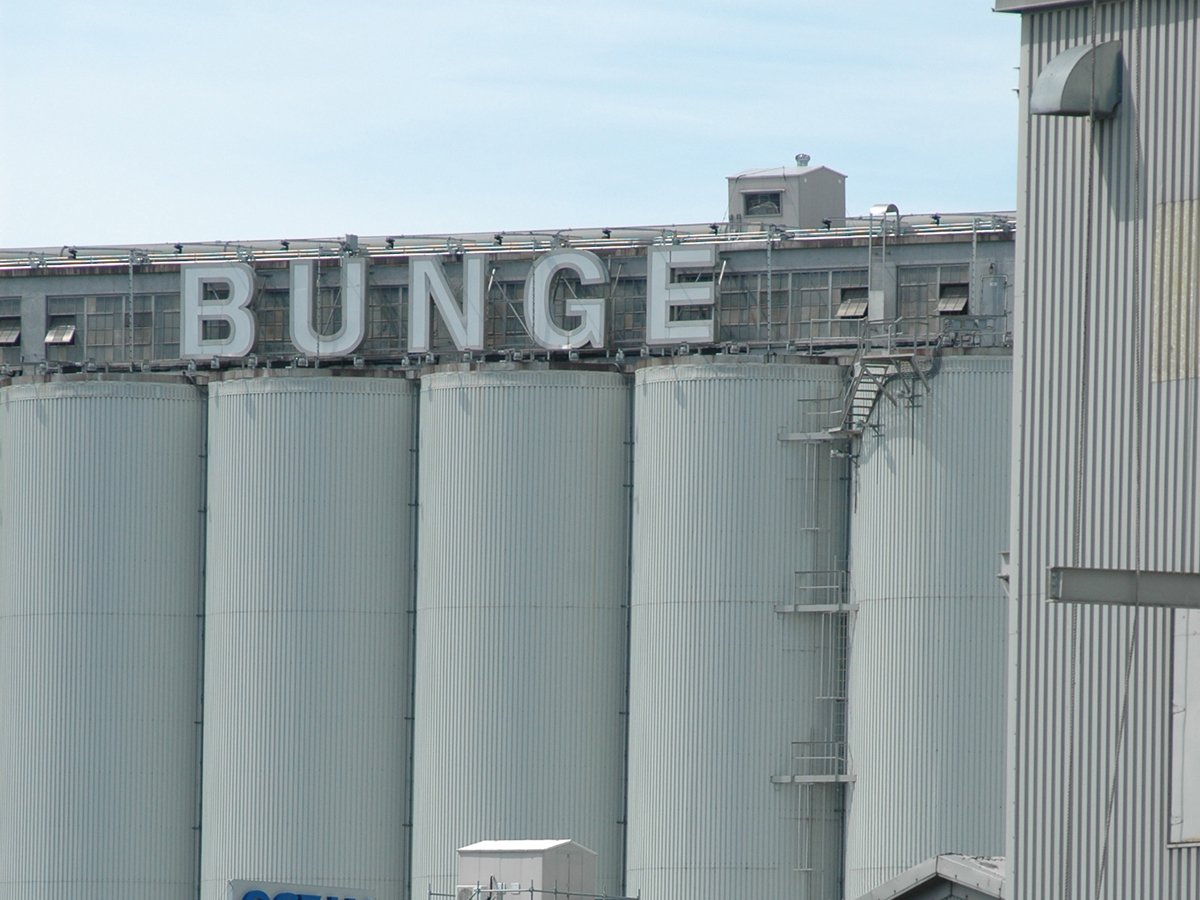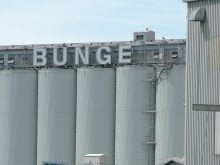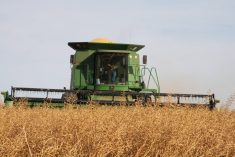Property owners like nothing better than to complain about taxes.
Each year the dreaded notices go out, indicating how much they owe the local municipality and school division.
Now imagine the property tax bill on a single grain elevator. And multiply that by hundreds.
Grain companies saw their Saskatchewan property tax bills increase dramatically last year after a province-wide reassessment replaced the 1965-based system with 1994 market values.
A Saskatchewan Assessment Management Agency document estimated an elevator typically gained an assessment eight times the previous value. What it couldn’t predict was the amount of the increase in taxes.
Read Also

Bunge’s crop mix is changing
Bunge has predominantly been a soybean processing firm, but that’s about to change after the merger with Viterra with softseed processing and grain merchandising gaining ground.
That increase turned out to be 41 percent, says the Country Elevators Association, a senior committee of 10 grain companies. It pushed their property taxes to $13.2 million. The business tax portion jumped to $1.8 million from $730,000.
“We were probably paying business tax in 1997 in less locations than in 1996,” said Jean Mulaire, property and equipment administrator for Pioneer Grain. “But where we were paying business tax, we were paying (a lot of) business tax.”
He said grain companies can’t argue with an assessment system that is fair and equitable, but they can argue about the amount of taxes they are charged.
They think municipalities should be more uniform in how they tax elevators.
The province allows municipalities to apply tax tools to lessen the burden caused by reassessment and tax shifts. The business tax is optional, and can range from zero to 50 percent of assessed value. Mulaire said this means taxes charged on identical elevators located in different parts of the province can vary.
And that’s what the Country Elevator Association told a provincial committee reviewing the reassessment this summer. The committee includes representatives from government departments, rural, urban and resort municipalities and the assessment agency.
“We’ve asked Saskatchewan municipal government (department) to get back in there and look at how the tax tools are being applied and see if it’s fair, if it’s doing what they thought it was supposed to do,” Mulaire said. “We are not going back and saying we are paying too much in taxes. We just want to make sure there is some reasonable certainty that we’re going to be charged an equitable tax amount from one place to another.”
The association also recommended the elimination of the business tax. Failing that, the association recommended elevators continue to be assessed at 60 percent of fair value.
The reassessment review committee has not made any decisions, said John Edwards, executive director of Saskatchewan municipal affairs’ policy and program development and review branch.
“The review committee is looking at what happened,” Edwards said. “They’ve had three or four meetings and are working through various issues. My understanding is the timetable for completing their work is late November or early December.”
The report will be made to the government, which would then decide if legislative changes are needed.
Edwards said the committee is sympathetic to concerns about business tax, but he didn’t know if that would be reflected in the final report.
He added the province knew there would be a tax shift to grain elevators and that is why taxable assessments were decreased to 60 percent right off the top.
“It was meant to cushion, not eliminate,” he said.
Tax hike consequences
Ed Guest, executive director of the Western Grain Elevator Association, said the province will feel the effects of higher taxes.
“Some of the repercussions have taken place,” he said, referring to Saskatchewan Wheat Pool’s recent announcement of 235 elevator closures. “I’m not going to say elevators are closing because of taxes, but certainly that’s one of the many ingredients.”
He, Mulaire and the pool’s chief financial officer Lyle Spencer all said high taxes, rail-line abandonment and a depressed agricultural economy are factors that could lead to elevator closures.
“Any marginal elevator with a higher fixed cost, you’ve got to look at it again,” Mulaire said.
Guest said municipalities may pay the price by taxing marginal elevators out of existence and losing that tax revenue.
The Saskatchewan Urban Municipalities Association has already discovered that.
A SUMA survey found the average elevator nets about $15,000 each year in municipal and education tax. The Sask Pool closures alone could mean the loss of about $3.5 million in tax revenue, mainly in smaller communities.
“In some villages, an elevator can comprise one-third to one-half of the tax base,” said SUMA president Mike Badham in a news release. “There is just no way that local residents can be expected to backfill that amount.”















